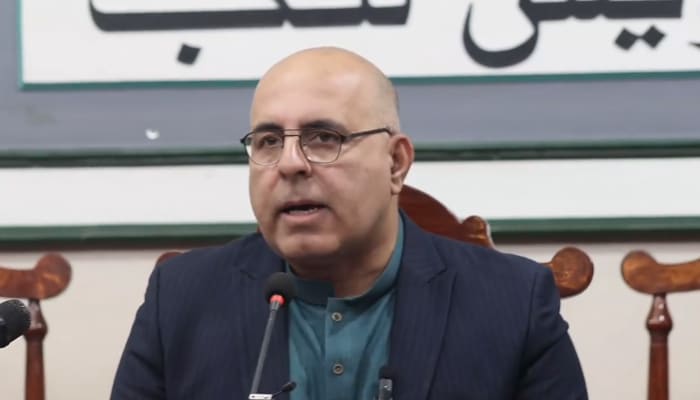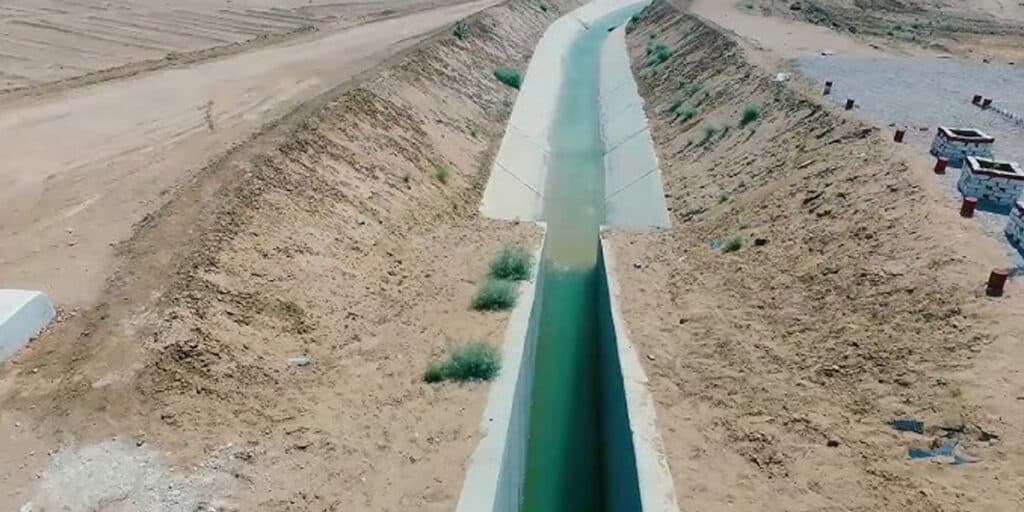ISLAMABAD: The Pakistan Polio Eradication Programme has confirmed the presence of wild poliovirus in environmental samples from seven more districts including the provincail capital of Balochistan- Quetta.
The Regional Polio Laboratory at the National Institute of Health (NIH) reported on Saturday that it detected the virus in sewage samples collected between May 8 and May 23. The affected areas include Gwadar, Quetta, South Waziristan Lower, South Waziristan Upper, Rawalpindi, Larkana, and Mirpurkhas.
In contrast, the lab found no virus in samples from Lahore and Pishin, offering a rare sign of hope during ongoing surveillance efforts.
Officials analysed nine sewage samples under the environmental surveillance initiative to track the virus’s spread in both urban and rural areas. The lab confirmed all positive samples contained wild poliovirus type 1 (WPV1), which still circulates in Pakistan and Afghanistan.
“Continuous detection of poliovirus in sewage confirms silent transmission and highlights the urgent need for vaccination,” said an official from the Emergency Operations Centre (EOC).
Despite repeated campaigns, Pakistan remains one of only two countries where polio remains endemic. So far this year, health officials have reported 12 polio cases — six in Khyber Pakhtunkhwa, four in Sindh, and one each in Punjab and Gilgit-Baltistan.
Authorities reported the most recent case in Bannu, Khyber Pakhtunkhwa, on Friday. This case underscores the challenges of reaching children in southern parts of the province, where limited access and security issues often obstruct house-to-house vaccination.
In urban areas, vaccine refusal has emerged as a growing concern. The EOC in Karachi reported a rise in refusals during the May campaign, with 37,711 parents declining vaccines — an increase from 37,360 in April.
“The refusal rate remains a major obstacle,” the EOC stated. “Misinformation and lack of awareness are key reasons. We need strong cooperation from parents to eradicate polio.”
The government has launched three national campaigns this year — in February, April, and May — reaching over 45 million children. Nearly 400,000 frontline workers, including 225,000 female vaccinators, took part in these efforts.
Health officials continue to target high-risk areas and are working with local leaders, religious scholars, and community influencers to reduce vaccine hesitancy.
Polio is a highly contagious disease that mainly affects children under five. It attacks the nervous system and can cause permanent paralysis or death. Although there is no cure, vaccination remains the best defence.
Health authorities have urged the public to support eradication efforts and ignore false rumours and fears.
Also Read: Aleem Khan affirms rapid progress on Quetta-Karachi highway
“Pakistan has made strong progress against polio,” said an NIH official. “But the virus’s presence in the environment reminds us that the fight is not over yet.”





